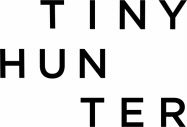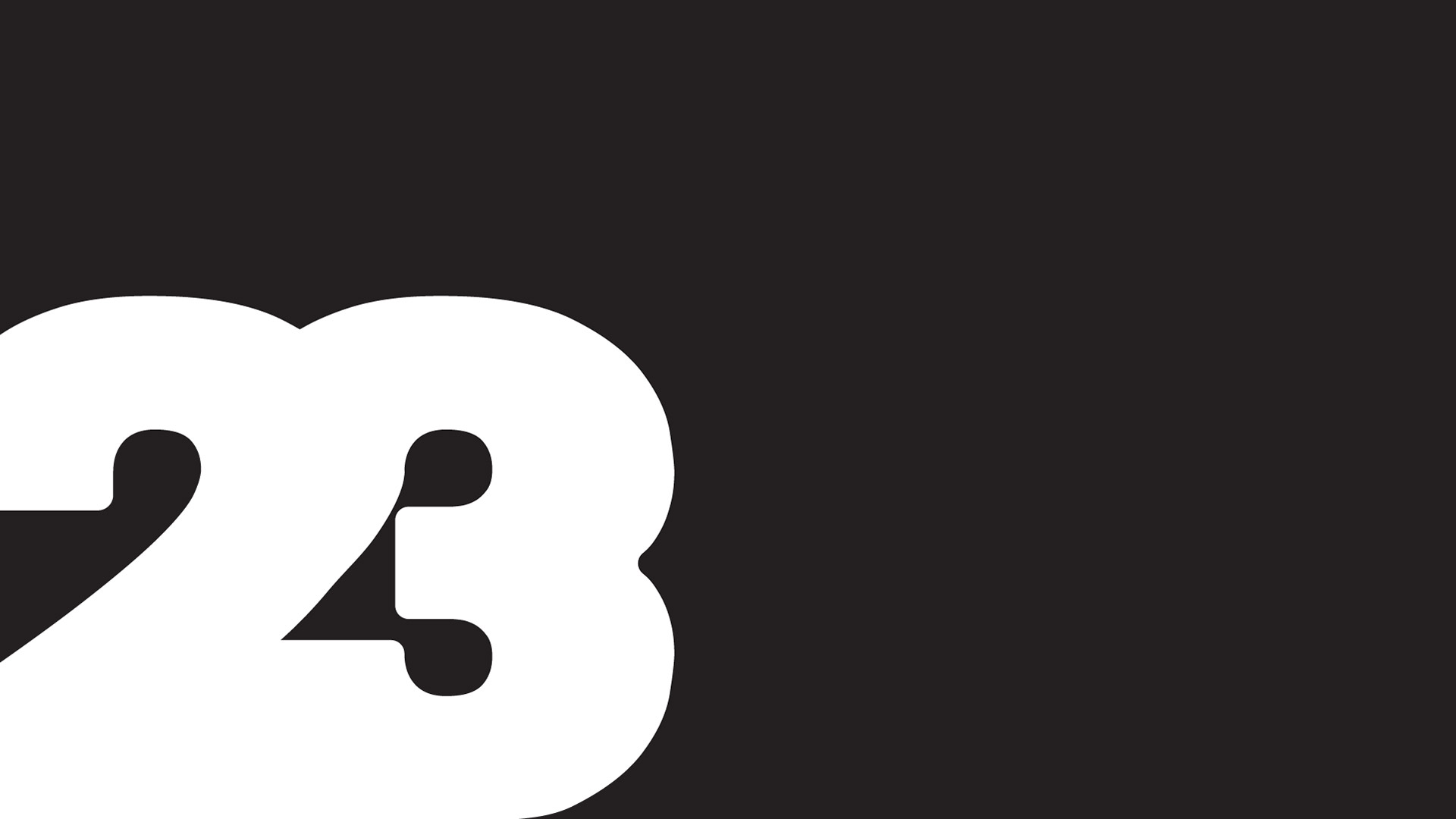How will the emerging trends of 2023 impact your business?
To help plan for the year ahead and make better strategic decisions, we must reflect on the past year and look forward to the emerging trends for 2023.
As a part of our strategic approach for the clients and brands we work with, and our own business, we like to review the past year and assess ‘what worked well’ and ‘what could be improved’ in the new year. These questions allow us to take a crucial step back, reflect and ask; did we achieve our goals in 2022? What were our business highlights and lowlights? And did our actions and behaviours reflect our brand values and purpose?
The answers to these questions then form the direction and goals for the new year. But it’s not just about assessing where we’ve been, we also need to know where we are going. That’s why it is important to tap into emerging trends.
Across the board, businesses and consumers have encountered huge amounts of change in the last few years. And this doesn’t appear to be slowing down in 2023. By observing the demographic shifts, social trends and technological advancements that are underway, we can make better, more informed decisions for the future.
Recently, futurists and trend reporting experts McCrindle released their 2023 Trend Report. Here are our top takeaways to help you better implement them for the year ahead.
TOP 3 TRENDS FOR 2023
Trend 1: Recessionette
A recessionette is when consumer sentiment is low, and the market feels like it is in a recession but is yet to be impacted by consecutive quarterly negative market growth.
According to McCrindle, Australians are feeling the pinch right now with high anxieties around global uncertainty (59%), rising interest rates (57%) and the cost of living (79%), and this is particularly true for Generation Z (our now largest global demographic).
But what does this mean for your business? Well, spending is likely to be impacted over the next 12 months. So, now more than ever understanding your customers and optimising your customer journey and touchpoints for brand engagement and product relevance is key.
In tough times businesses often look to cut marketing costs, but this is an opportunity for smart businesses to double down and invest in their organisation, customer engagement and products to build a stronger and more engaged community. Harvard Business Review states that “the emerging winners will be the ones who take a more nuanced approach, tailoring the answer to the strengths of their own product and markets, as well as to how economic uncertainty will affect their customers”. The idea is to assess and work smarter not harder.
Customer expectations will continue to be high, expecting more than ever from the brands they love. Consumers are looking for businesses to anticipate their needs while creating a better buying experience. Below are the most important factors impacting buying decisions for Australians in 2023:
- Price
- Simplicity of purchase (convenience)
- Authenticity of brand
- Aligned brand values
- Sustainability and environmental credentials
How does your business stack up against these buying factors?
Trend 2: From industrial to artisan and the rise of the intrapreneur
The future of work continues to be digital with the adoption of Artificial Intelligence, Augmented Reality, Virtual Reality, the Internet of Things and cloud computing, which is only going to continue to accelerate in 2023. But interestingly ensuring humans are a part of the technology loop (rather than replaced) is how businesses will maximise this trend moving forward.
No longer will the workforce across industries be focused on labour-intensive tasks. Shifting towards technology-partnered roles where machine-optimised learning will help streamline work across the board, building greater efficiencies and cost savings. We can expect to see AI become even more integrated in the year ahead and work to become more value-focused rather than output-focused.
But what does this mean for your business? Well, first we recommend doing an audit of your business technology systems, particularly your martech stack. Then look at how you can optimise your current technology and highlight potential gaps.
The next step is to look at your workforce, roles and responsibilities and assess what tasks could be considered mass production and where could technology support workers to be more creative and artisan versus industrial cogs. How can your business fully engage your workers and ensure deep alignment with your values?
The McCrindle trend report found that Australians are searching for meaningful careers and a sense of ownership – enter the intrapreneur. Intrapreneurs are highly engaged employees that innovate like an entrepreneur but enjoy the framework, stability and support of working within an organisation. This is an impactful group to have within your business, and the way to enhance their performance is to ensure leadership is focused on mentoring rather than monitoring or micro-managing.
How will you leverage technology and elevate the employee experience in 2023?
Trend 3: Preparing for intergenerational transfer
In 2023, we will see significant generational changes that we need to consider and plan for as generations enter and leave the workforce, creating a demographic balance shift.
What do we mean by this? Well, Generation Z (28 yrs – 14 yrs) will become the emerging workforce, and as the largest demographic group globally – how they think, feel and interact will create a larger (than ever before) impact on society and shift the focus on how business operates in relation to people management, brand engagement and community connection.
The builder generation (78+) and the Boomers (59 yrs – 77 yrs) will move out of the workforce, creating a need for organisational knowledge transfer. The strength of a brand and company comes from its stories, history and purpose. So this mustn’t be left with the departing generations.
And what does this mean for your business going forward? Well, this is where having a strong brand strategy and story founded in history and purpose is key to ensuring this heritage stays at the core of your organisation while you move forward into the future.
We recommend taking the time to consider the stories, learnings and projects that led you to where you are today and finding ways to capture these tales through content (video interviews, testimonials, case studies, blogs etc.) to share both internally and externally.
How will you preserve your history to support your future?









